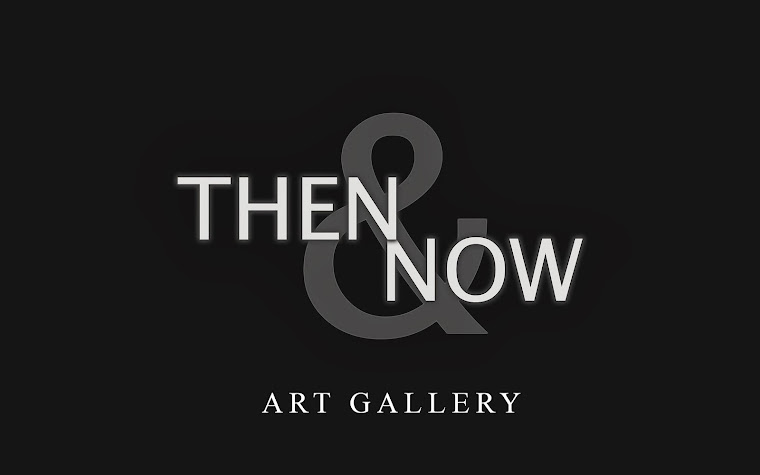Then & Now: Milwaukee - Milwaukee Public Library
Years: 1898 / 2013
A view across Grand Avenue (now Wisconsin Avenue) of the Milwaukee Public Library. To the left, the base of the Midsummer Festival Monument can be seen, and the George Washington monument is visible on the far right.
Original Photograph: Harry E. Dankoler


















